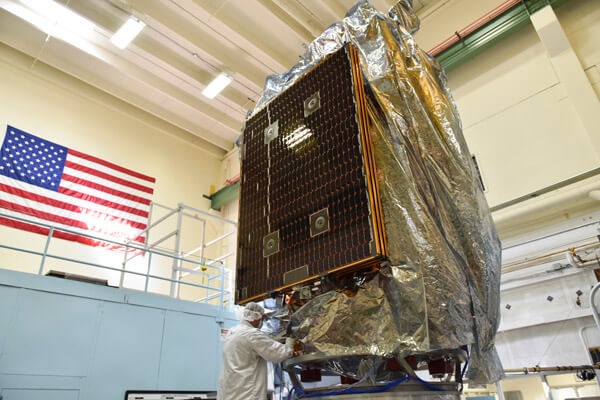
Weather satellites can help utilities be more energy-efficient, says one Decorah man
Satellites that are in orbit over the North Pole and South Pole are useful for forecasting the weather, monitoring disasters and maintaining climate records, says Decorah resident Gary Mineart, who works for a consulting company that works with weather satellites.
Speaking to the monthly Energy Breakfast Tuesday in the lower level of T-Bock's, Mineart says the federal government is spending $12.9 billion to send up satellites as part of the Joint Polar Satellite System.
JPSS was established in the President's Fiscal Year 2011 budget request. JPSS polar satellites circle the Earth from pole-to-pole and cross the equator about 14 times daily, providing full global coverage twice a day.
Mineart says the new satellite system means instead of having 200 or so atmospheric readings per day in the United States, the satellites provide "tens of thousands" of such readings. That means the National Weather Service's 7- to 10-day forecasts are now as accurates as the agency's 48-hour forecasts were ten years ago.
The improved accuracy of weather forecasting has some surprising pay-backs. Electric utilities, for instance, rely on weather forecasts to predict how much demand for energy there will be. The better they are able to predict weather conditions and electricity demand, the less they need to rely on back-up power generation, which is more expensive and can also come from less energy-efficient sources.
Mineart says the new system is monitoring both temperatures and humidity levels along with other atmospheric conditions, giving scientists more data to use both in predicting weather and in tracking climate changes that will affect weather long-range.
Site designed and maintained by Iroc Web Design Services©.
Your Small Business Web Design Solutions.™


